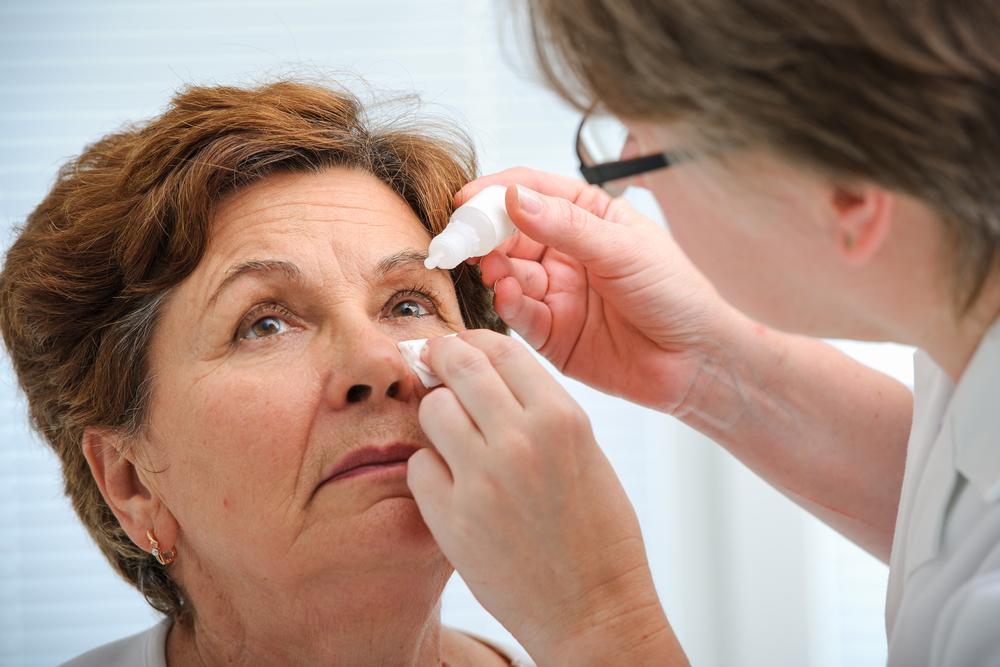5 Effective Treatments for Dry Eyes
Health professionals most often blame an underlying health condition for the development of dry eyes in patients. Take for example a patient who suffers from hayfever (or seasonal allergies), treating the allergies can greatly help with soothing dry eye syndrome. Likewise, where certain medications are causing redness and eye irritation.

The treatments for dry eye syndrome will largely depend upon the cause, but common solutions include the following:
Lubricating drops and gels
A lack of tear production can often be solved simply with lubricating eye drops or eye gels. While some of these steroid drops for chronic dry eyes require a prescription (i.e., Lifitegrast or Cyclosporine) they can soothe the eyes. For mild or occasional dry eyes, over-the-counter artificial tear eye drops and gels simulate natural tear production and can be applied twice daily, when you wake up in the morning and before bedtime.
Warm eye compress
Considered an alternative therapy, warm compresses applied daily over the closed eyes are known to open clogged meibomian glands and soothe dry eyes. Meibum can harden and clog up eye glands in certain individuals.
Punctal occlusion
Punctal occlusion is a simple surgical procedure that either temporarily or permanently closes the tear drainage duct (the punctum) to prompt the production of natural tears.
Testosterone hormones and creams
Chronic dry eyes due to testosterone depletion can be remedied by increasing testosterone in the body. For example, during menopause, many women suffer from low hormone levels (estrogen, progesterone, and testosterone), which can cause a domino effect of uncomfortable symptoms (i.e., dry eyes, skin, mouth, and nose). However, a testosterone cream may help in addition to hormone replacement therapy.
Lipiflow
The Lipiflow medical procedure uses heat and pressure to unblock tear and oil-producing glands within the eyelids. By unblocking glands responsible for lubrication and tear flow, dry eyes will improve.











